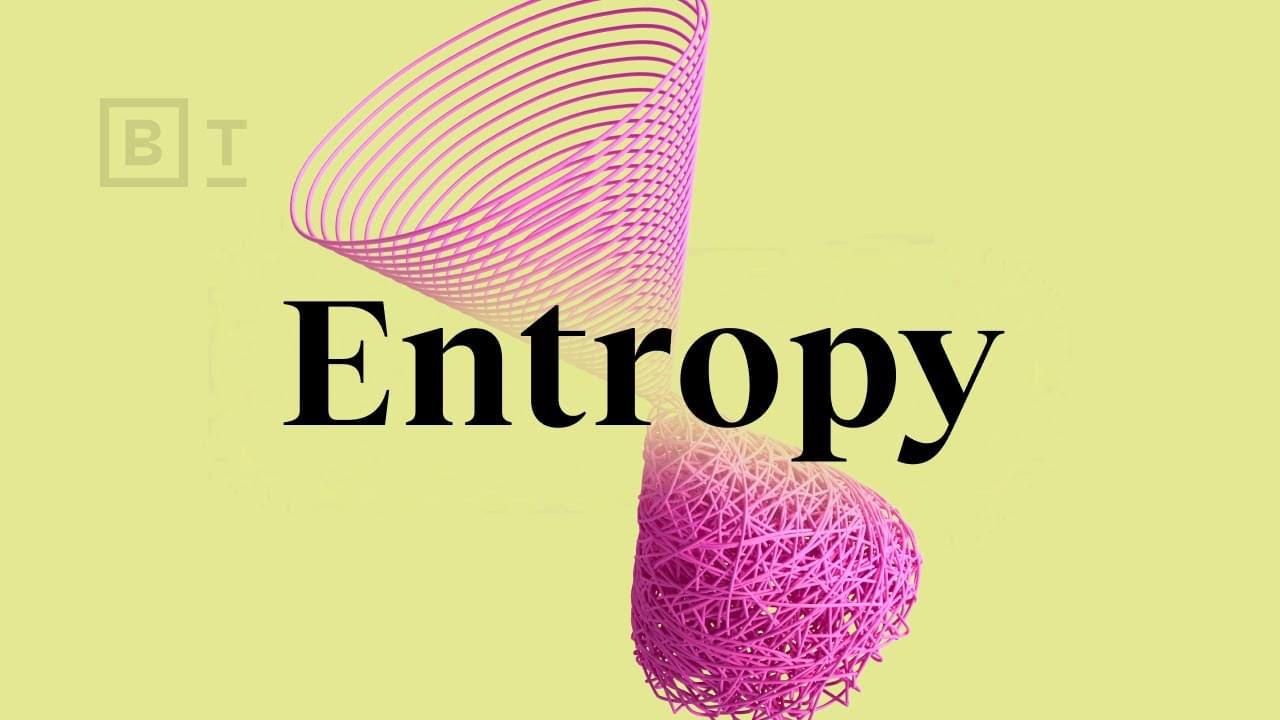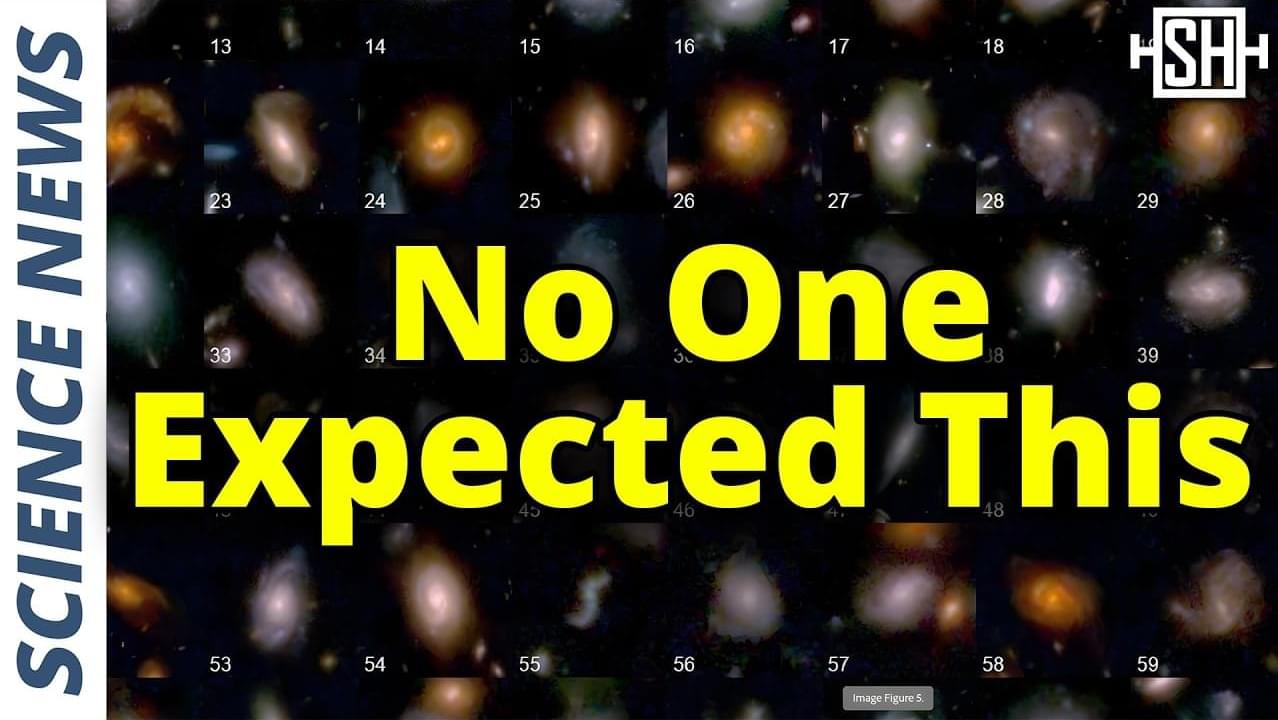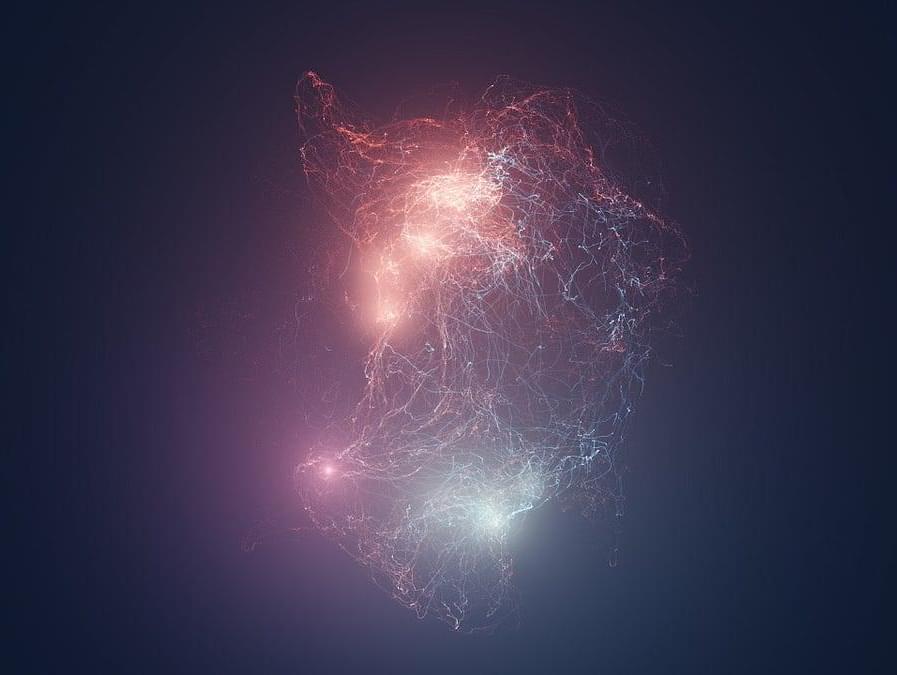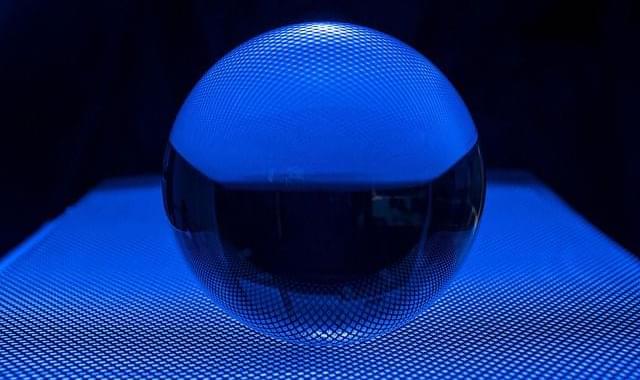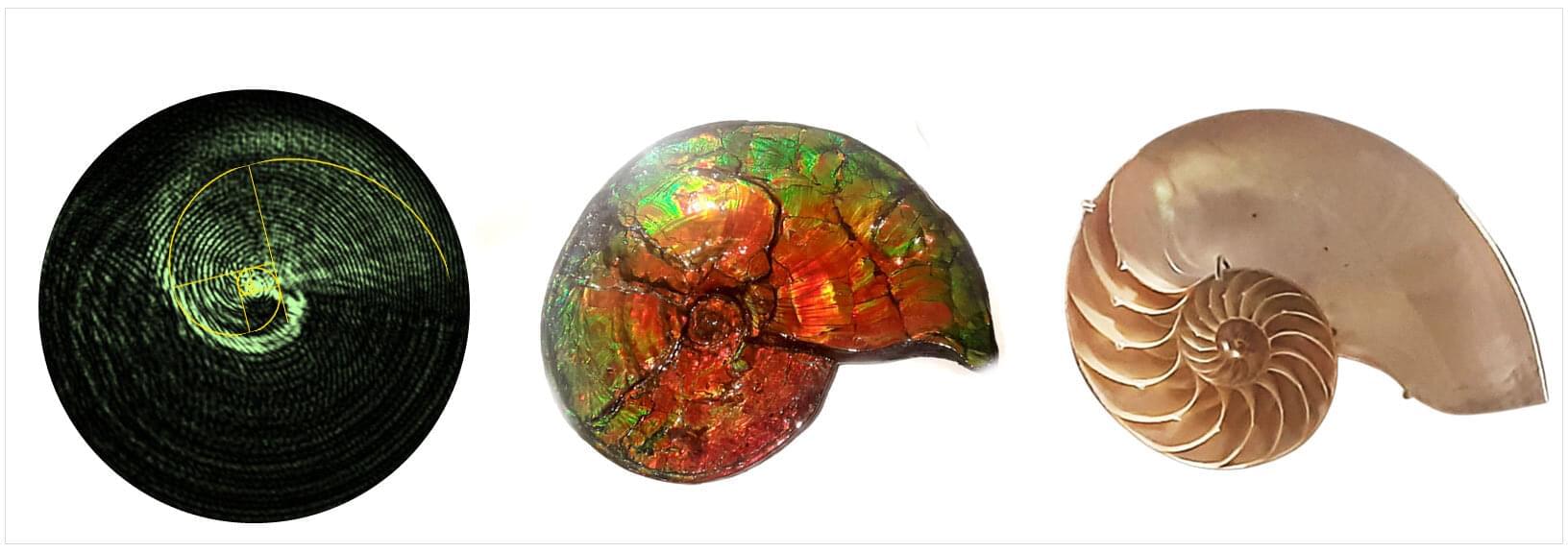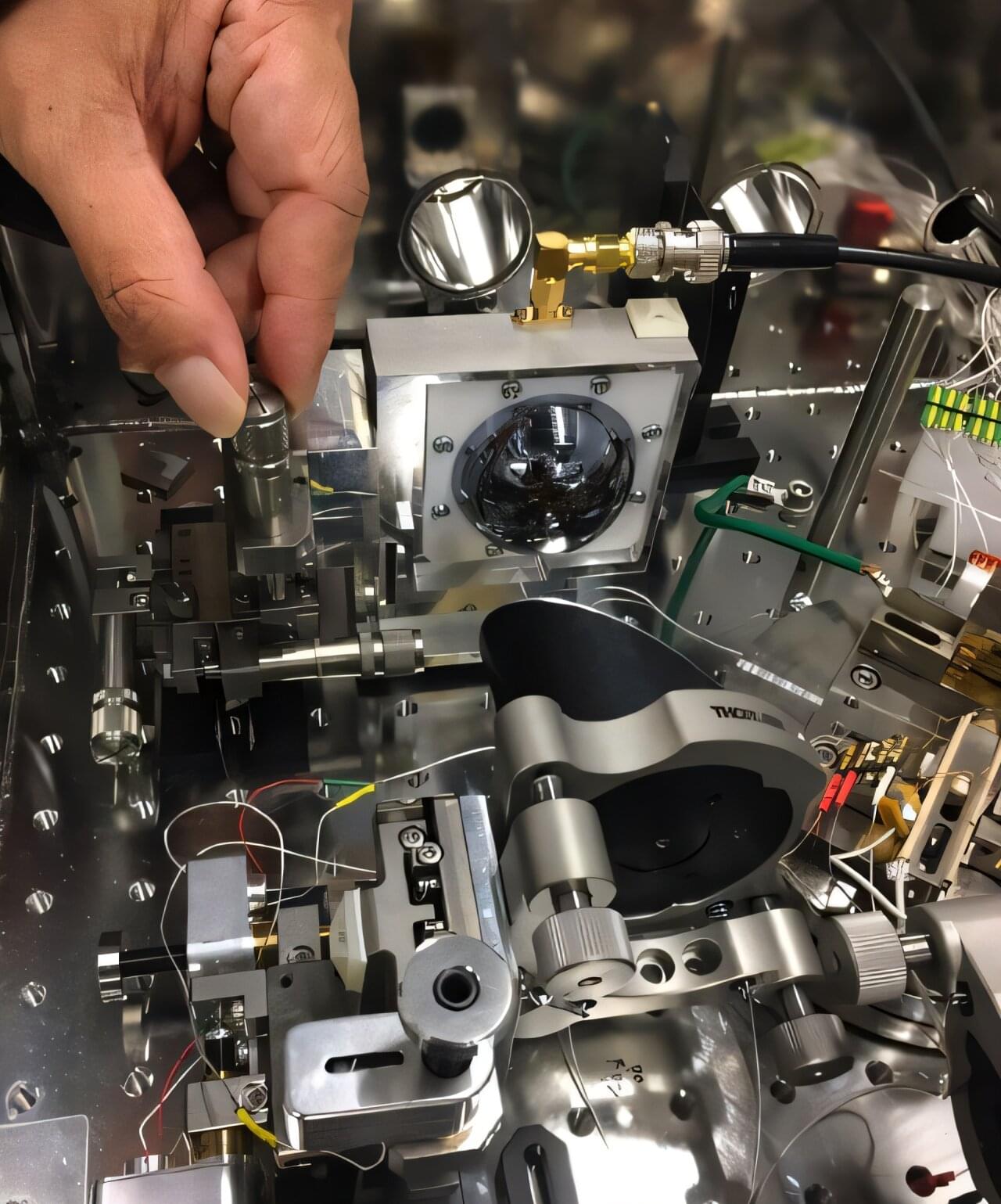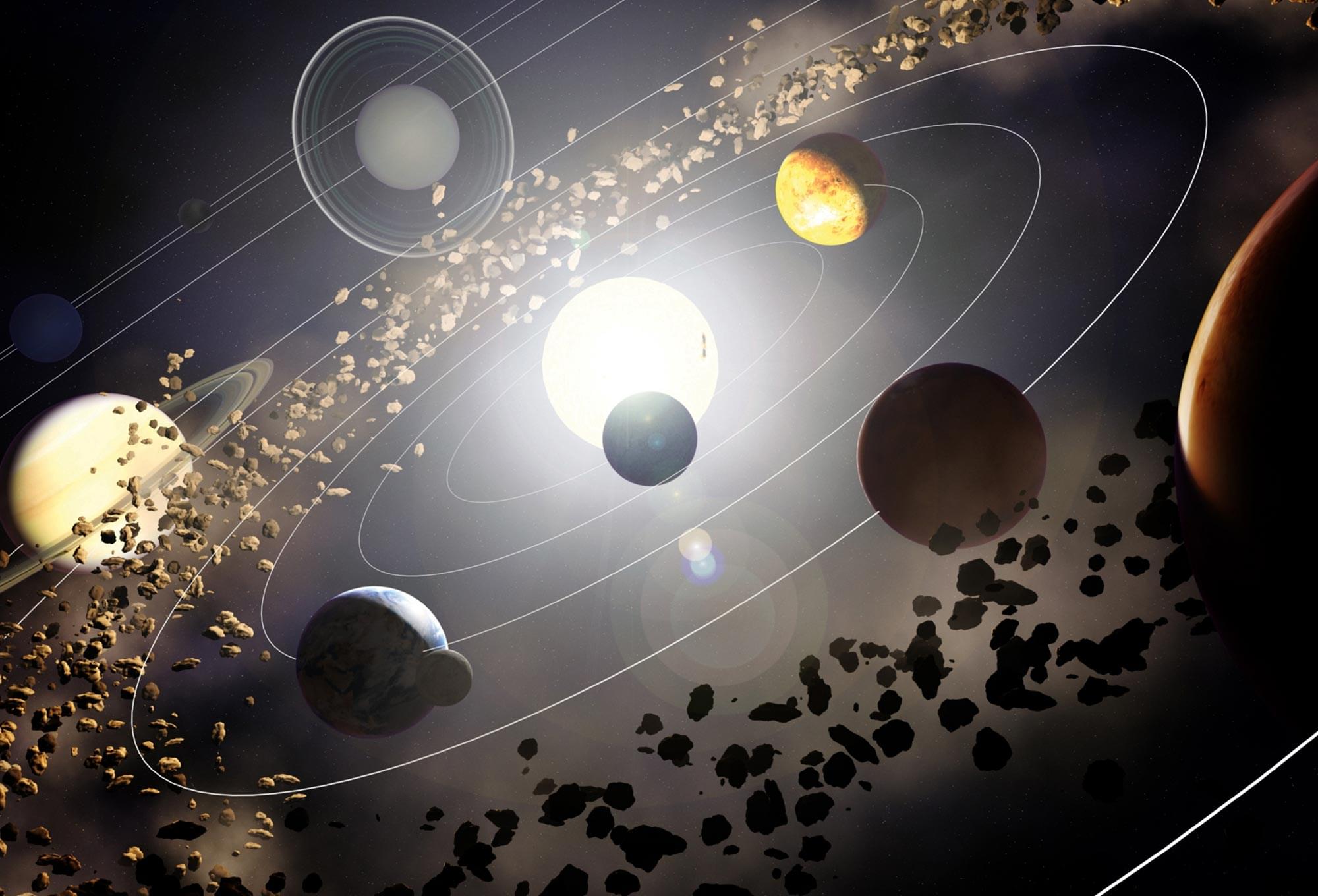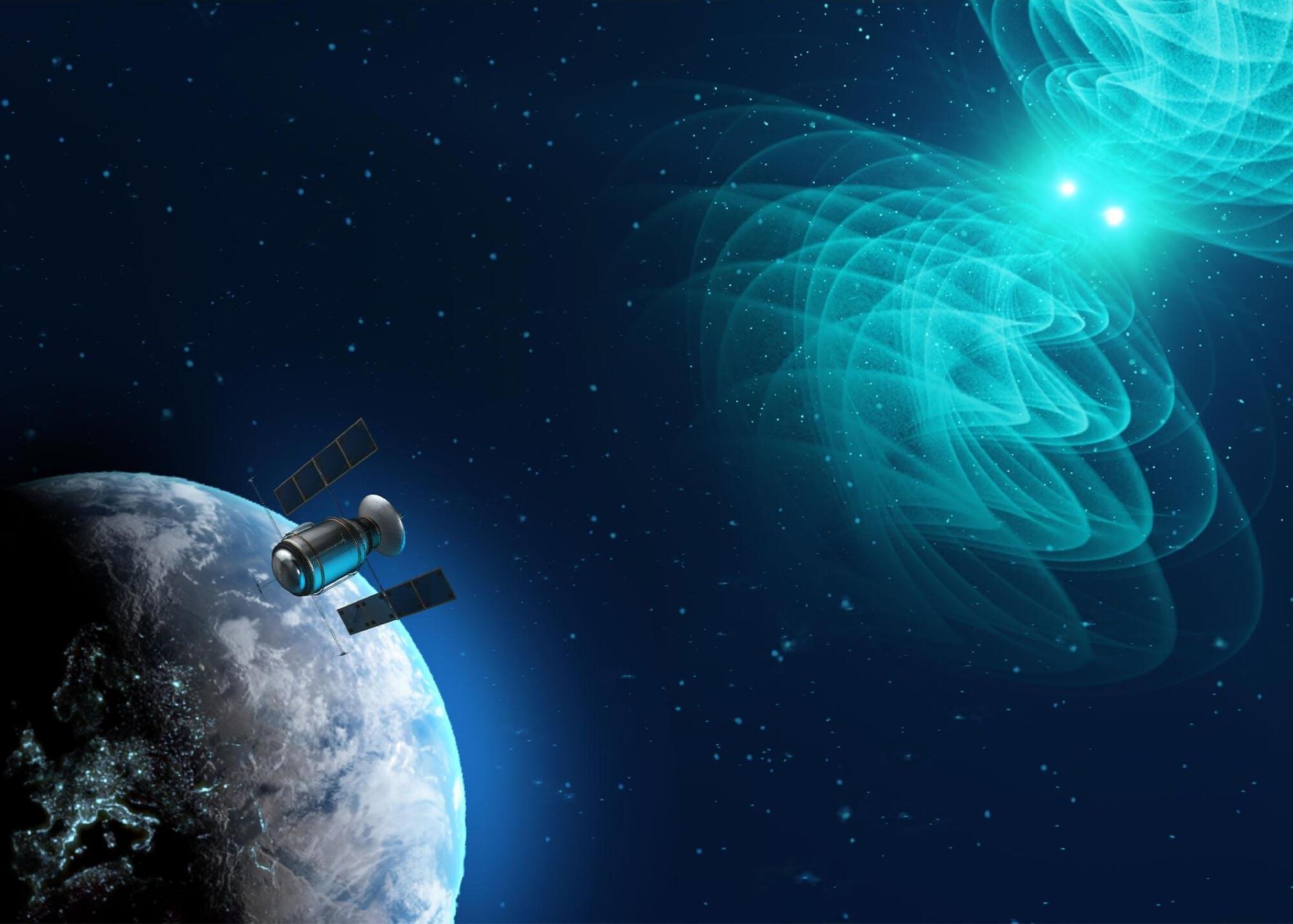Here in this video today we will explore something that has been demanded by viewers of the channel for quite sometime, the Xeelee rings, one of the largest megastructures in fiction. We first have to take a look at the universe we are discussing about. So, The Xeelee Sequence is a series of science fiction novels and short stories by British author Stephen Baxter, exploring the grand scale of the universe from the Big Bang to its ultimate end. The series follows humanity’s evolution over billions of years, its conflicts with alien species, and the mysterious, hyper-advanced Xeelee, who are engaged in a cosmic war against the enigmatic dark matter entities known as the Photino Birds. The books blend hard science fiction with cosmic wonder, delving into themes of time travel, black hole physics, alternate universes, and the limits of human potential. Major works in the series include \.

